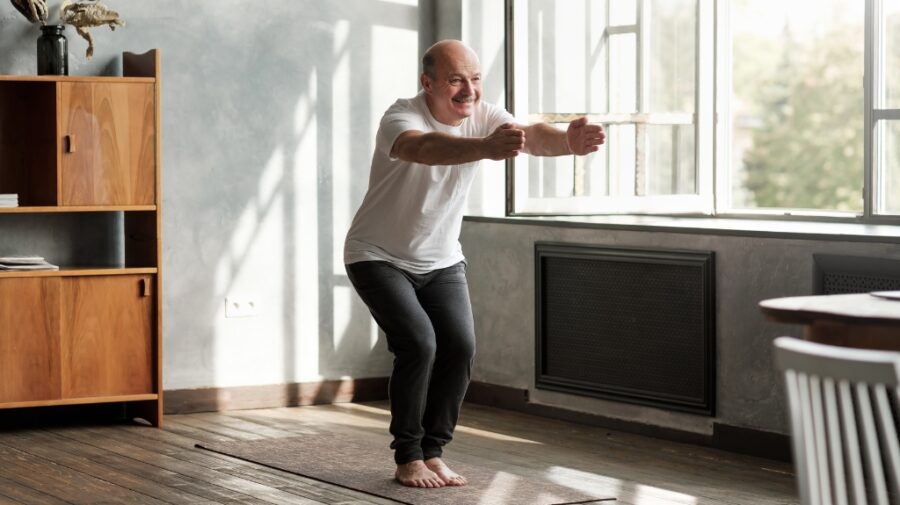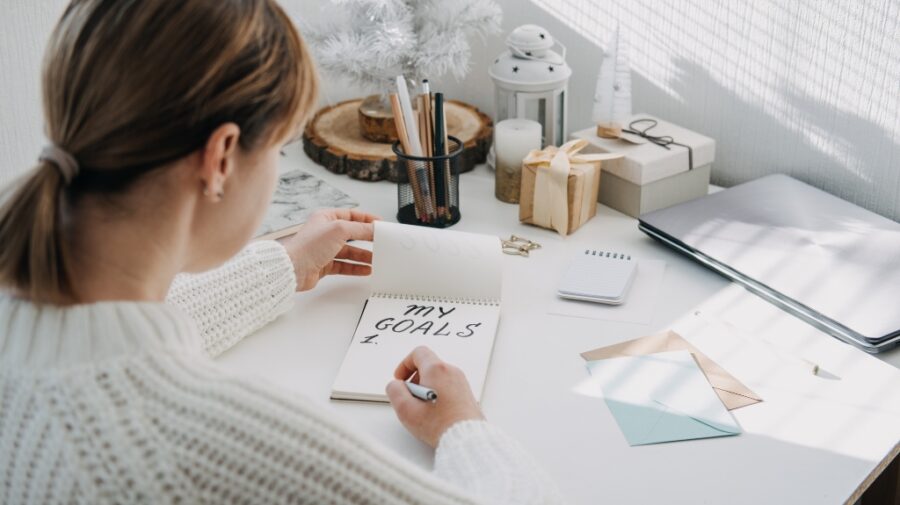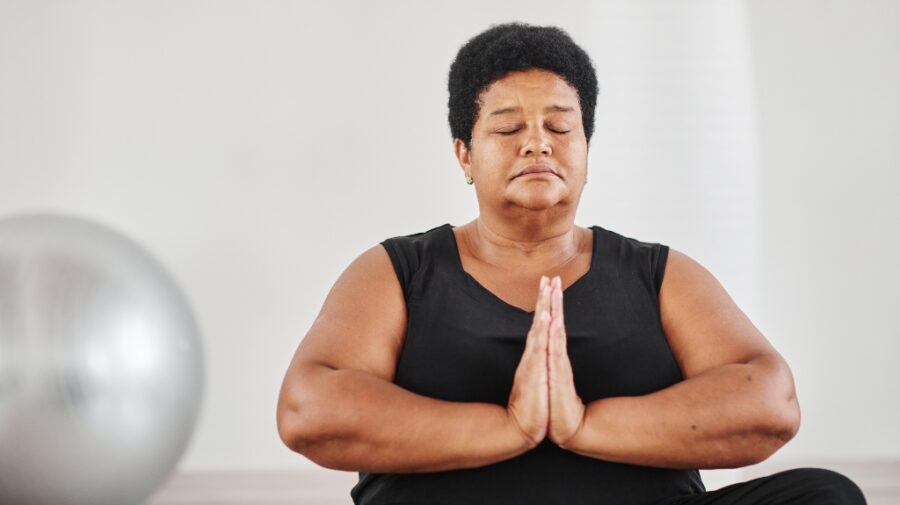

6 Tips to Get Active at Work and Home
Being sedentary or inactive can harm our physical and mental health. Long periods of sitting at home or at work can slow metabolism and hampers the body’s ability to manage blood pressure and blood sugar levels; making you less productive, lethargic and even more stressed out. On the other hand, getting active can elevate energy levels and productivity as well as protect from stress, depression and risks of chronic disease in the long run (pun intended).
We understand that it can be challenging to fit physical activity into an already busy week. The principles of physical activity in HWFL are designed to fit into your routine in the context of everyday life, so we’ve compiled practical tips to help you keep fit and active at work and at home!
Tip 1: Make commuting an activity
Make the most of travel time by parking slightly further away from work and walk the rest of the way to your office. Or, opt for public transport to go to work or the shops and walk or ride part of the way.
Tip 2: Revise your work habits
Even if you clock up an hour-long exercise session outside your work time, extended periods of sitting can still impact concentration, productivity and physical health. Aim to stand up from your desk every hour or so to open your chest and improve your circulation. You might consider a sit-stand desk, or setting reminders on your computer or phone for regular stretch breaks, and try to stretch during phone calls.
Tip 3: What does your lunch break look like?
Add a lunchtime walk or aim to arrive at work earlier to fit in a brisk morning walk. Invite some colleagues to make up a social walking group. Have a pair of joggers and a water bottle by your work desk or at the doorstep at home so that you’re always ready to go. The Heart Foundation offers support for workplace and community walking groups: visit: https://www.heartfoundation.org.au/active-living/active-workplaces.
Tip 4: Seek the furthest bathroom or water cooler
Choose the longest route or powerwalk to take water cooler or bathroom breaks. This may also prompt you to drink more water and stay hydrated (which will aid concentration too).
Tip 5: Make chores and tasks into bouts of physical activity
Put your exercise time to good use by ticking off some work tasks and house chores simultaneously. Do calf raises and stretches while waiting by the printer at work, and fit in some squats and balancing exercises while doing the laundry, brushing your teeth, vacuuming or gardening at home.
Tip 6: Have a Plan B (for bad weather)
Consider indoor activities that you can turn to when the weather isn’t ideal. At-home exercise videos, indoor pools, dance classes and gyms, even using flights of stairs are just some ideas. Get creative!
Related posts


The Power of Everyday Movement: How Small Actions Can Boost Your Health
Read more
Top 5 Tips to Conquer the Cold
Read more
Refocus Your Health Journey with SMART Goals
Read more
Top Five Tips to help you fly through the Festive Season
Read more
Superfood Spotlight: Beetroot
Read more
Spring Clean Your Health and Wellness
Read more
Black Bean Quesadillas
Read more
Staying Positive As You Strive For Your Health Goals
Read more
Freekeh and Red Cabbage
Read more
Cajun Beef Poke Bowl
Read more